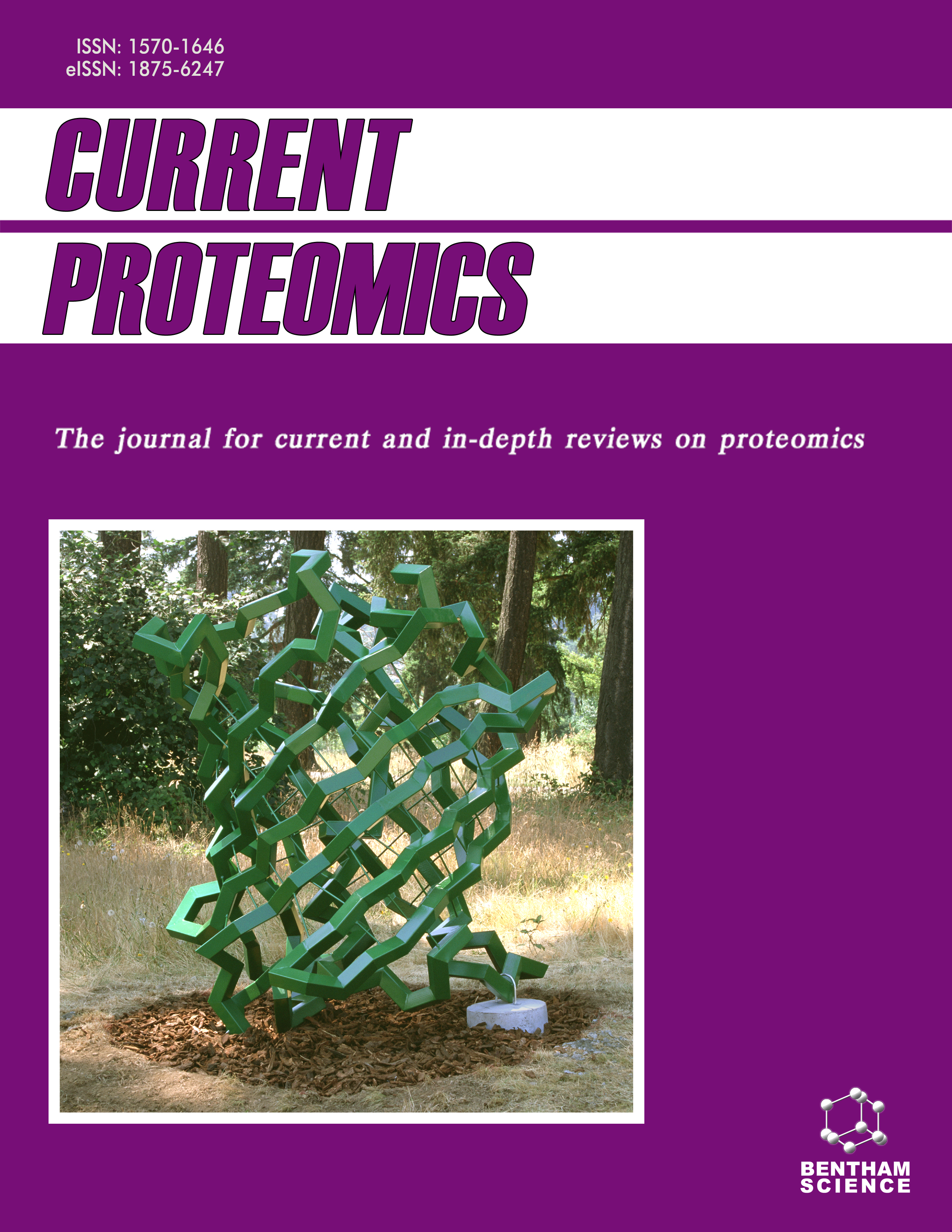-
oa Editorial
- Source: Current Proteomics, Volume 9, Issue 1, Apr 2012, p. 1 - 1
-
- 01 Apr 2012
Abstract
Proteomics is defined as the parallel separation, identification and quantification of all proteins present in tissue, cell cultures, subcellular fractions or biological samples. It is often associated with the analysis of protein properties such as e.g. posttranslational modifications and interactions. Since the mid-1990's proteomic techniques have undergone major improvements leading to higher resolution in the separation of proteins, improved sensitivity and sample throughput combined with supercomputer based data processing in order to handle the vast amount of generated data. To fully benefit from the power of proteomics, particularly separation techniques for the recovery of all proteins in a given sample as well as quantification of proteins which can be present at an extended dynamic range had to be improved. Historically, proteomics employed 2D gel electrophoresis where individual protein spots were identified by subsequent MALDI-TOF mass spectrometry. While 2D gel electrophoresis is still widely used, rapid evolution of mass spectrometry based techniques combined with improved labelling techniques and protein microarrays has enabled quick and ready access to proteomes and changes in proteomes providing new insights into the biology of cells. It is foreseeable that proteomic techniques will further advance and will in future provide an important discipline towards unravelling important question such as the emergence of cancer, numerous diseases and the response of biological systems to environmental signals. Current Proteomics will publish selected high-impact manuscripts in the field of proteomics which will enable the reader to remain up to date with this rapidly evolving young discipline.


